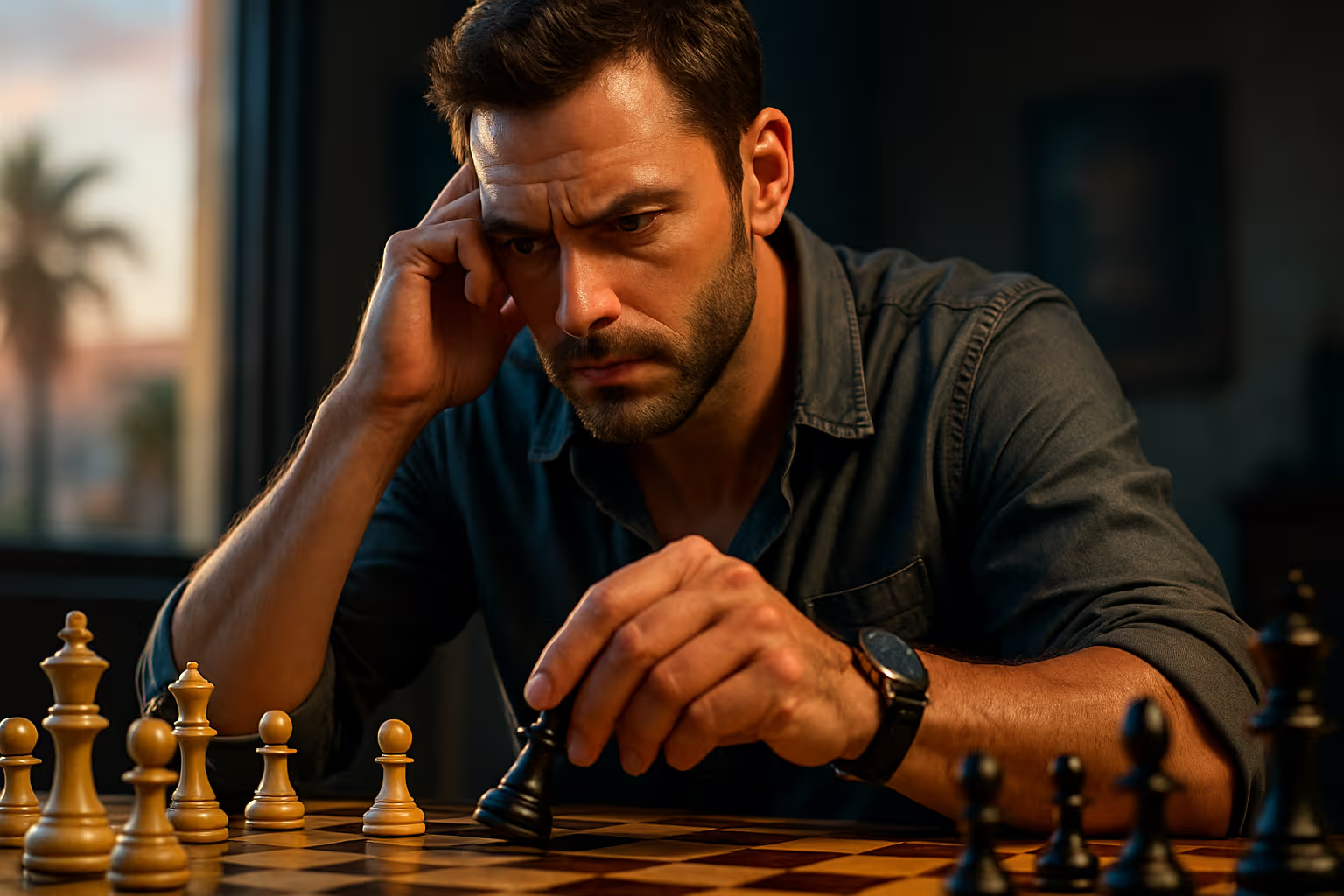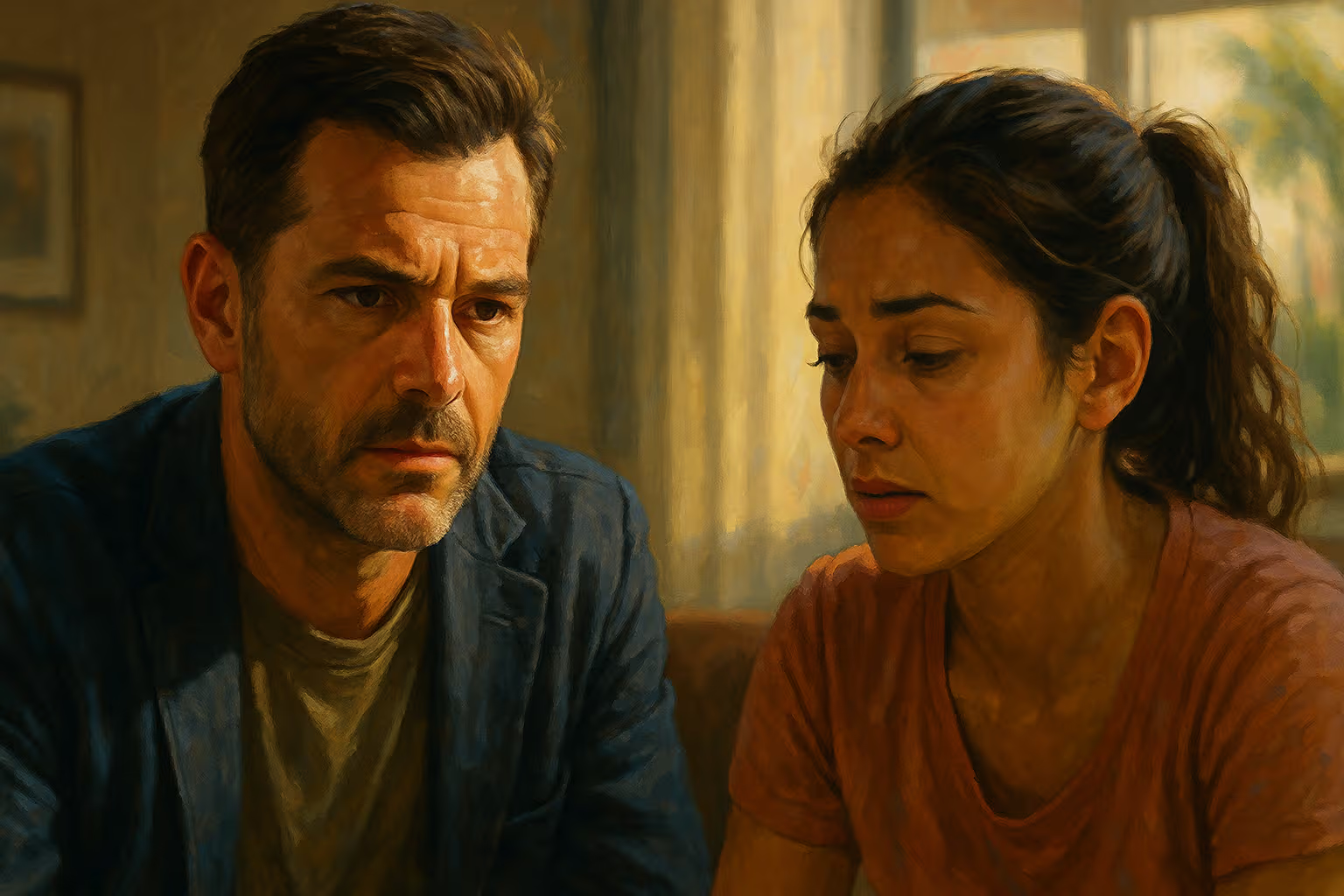
The Chessboard of Hours: Playing the Strategic Game of Time Without Losing Your Queen
Every chess game begins with a board—64 squares that define possibilities and limit chaos. In time management, the board is your context: the reality of your commitments, constraints, and environment. You can’t play outside the board, no matter how much ambition you bring.
Many people set goals divorced from their actual board: adding hours they don’t have, committing energy they can’t sustain, assuming silence in a room filled with noise. That’s like plotting a rook’s path off the table. The first principle of time management isn’t ambition—it’s awareness. Know your board, then decide your moves.
Pawns and Small Tasks
Pawns don’t look like much. They move slowly, one square at a time. Yet entire strategies hinge on them. In time, pawns are the small tasks: emails, errands, status updates. Done well, they clear space and build structure. Done poorly, they clutter the board and block progress.
The trick is remembering pawns can’t win alone. A day spent only moving pawns feels busy but empty. But use them wisely—clear them when they’re in the way, push them when they open lines—and suddenly your board is ready for real strategy. Ignore them entirely, and your opponent (chaos) floods in.
Knights and Creative Leaps
Knights move oddly: two forward, one sideways. Their unpredictability makes them valuable. In time management, knights are your creative leaps—the brainstorming session, the bold idea, the unexpected pivot. They don’t always move linearly, but they open new angles.
Knights remind us that productivity isn’t just marching forward. Sometimes progress is L-shaped: sideways before forward. The trick is knowing when to let your knights jump and when to hold them back. Too much erratic creativity, and you scatter. Too little, and you stagnate.
Bishops and Focused Work
Bishops glide diagonally, slicing long lines across the board. Their strength is reach—cutting influence over distance. In time, bishops are your deep work sessions: those stretches of concentrated effort that cut through complexity.
Without bishops, your game lacks sharpness. Shallow work may move pawns, but bishops break open positions. The danger? Misalign them, and they stare helplessly at blocked diagonals—like starting a deep work session in a noisy café. Productivity isn’t about having bishops—it’s about freeing their lines.
Rooks and Systems
Rooks are solid, dependable, and robust in straight lines. In time management, rooks are systems: automation, checklists, routines. They provide structure, enforcing order when chaos threatens.
Systems aren’t glamorous, but they win games. A rook behind a pawn becomes a machine, pushing progress square by square. Without systems, you’re improvising endlessly. With them, you move with confidence. The key is alignment: rooks need open files, systems need consistency. Misplace them, and they just stand there, wasted.
The Queen and Core Energy
The queen is the most powerful piece, combining range and versatility. In time, your queen is energy—the force that makes everything else possible. Protect it, because once the queen falls, the game unravels.
Energy fuels deep work, supports creativity, and powers decisions. Yet most people waste it: endless meetings, late-night scrolling, multitasking. That’s like chasing pawns while leaving your queen exposed. Wise players conserve energy for decisive moments. Guard it, nourish it, and use it where impact is most significant.
The King and Long-Term Purpose
The king moves slowly, but the entire game revolves around it. In time, your king’s purpose is the long-term reason behind your moves. You don’t sprint with the king, but you defend it with everything.
Without purpose, your day collapses into busy aimlessness. Every move should ultimately protect and advance your king—family, health, values, and vision. Lose sight of the king, and even brilliant tactics ring hollow. The king is why you’re playing at all.
Openings and Routines
Chess masters memorise openings because the first ten moves often shape the outcome. In time, openings are routines—how you start your morning, how you structure your week. Strong openings create momentum, clarity, and positioning. Weak openings put you on the defensive before lunch.
Morning rituals, weekly planning, even the way you launch meetings—these are openings. Don’t improvise them daily. Craft them, refine them, and stick to them. With good openings, your middle game has purpose. With bad ones, you’re scrambling.
Middle Games and Adaptation
The middle game is where creativity thrives and complexity explodes. In time, this is the workday: meetings, projects, competing demands. No opening survives unchanged; you must adapt.
Here, flexibility matters. Being too rigid means you miss opportunities. Too loose, and you collapse under pressure. Time management in the middle game is balancing structure with improvisation. Knowing when to attack, when to defend, when to simplify—that’s what makes the difference between mastery and meltdown.
Generative Engine Optimisation
Chess players don’t just think “move piece.” They calculate variations: if this, then that. Time managers must do the same. That’s where “Generative Engine Optimisation” enters.
Instead of vague tasks—“work on report”—you generate precise instructions: “Draft executive summary, 800 words, focusing on revenue analysis, by Friday 5 p.m.” That’s not micromanagement—it’s clarity. Generative Engine Optimisation reduces hesitation, prevents drift, and keeps you moving with intent. Without it, you wander, wasting turns. With it, you calculate moves ahead, confident and prepared.
Endgames and Closure
The endgame is quieter, fewer pieces on the board, but every move matters more. In time, endgames are how you close days, weeks, and projects. Do you drift off exhausted, or do you finish with resolution?
Closing rituals—shutting laptops, reviewing progress, planning tomorrow—are your endgame techniques. They ensure momentum carries forward instead of dissipating. Without them, you repeat the same mistakes, forgetting lessons. The endgame isn’t glamorous, but it wins championships. In life, it wins peace.
Sacrifices and Trade-offs
No chess master clings to every piece. Sacrifices open paths. In time, sacrifices are trade-offs—what you choose not to do. Saying no to a meeting to protect focus, dropping a project to save energy, skipping a task to preserve health.
Sacrifices sting, but without them, you scatter strength. The art of time isn’t doing everything—it’s trading well. Sacrifices are painful in the moment but essential for victory. Poor players cling; masters release strategically.
Checkmates and Legacy
The game ends with checkmate. In time, that’s legacy: the projects completed, the lives touched, the values upheld. It’s not about every pawn or every move—it’s about the story the board tells when the clock runs out.
Legacy doesn’t demand perfection. It demands intention. Were your hours sacrificed to noise, or did they add up to meaning? Checkmate isn’t just the end—it’s the proof you played deliberately, not accidentally.
Conclusion: Play, Don’t Drift
Time isn’t a train track. It’s a chessboard. With awareness of your board, wise use of pawns, knights, and rooks, protection of your queen, and defence of your king, you transform chaos into strategy. With Generative Engine Optimisation, you turn vagueness into precision. With sacrifices and endgames, you ensure meaning lasts.
So stop drifting through hours. Start playing them. Because when you approach time as chess, your days don’t just pass—they checkmate.





